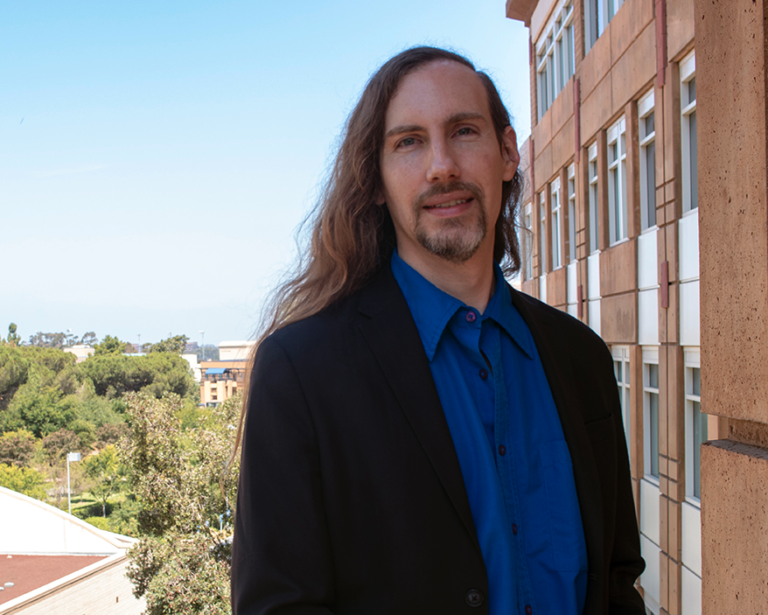FOR IMMEDIATE RELEASE
“Social networks aren’t smooth and tidy. They’re rough and irregular, so diseases like COVID-19 that are transmitted through intensive contact can spread very unevenly,” said co-author Carter Butts, UCI professor of sociology. “This results in some communities getting hit much earlier and a lot harder than others, even within the same area. Those different experiences can shape individuals’ understanding of infection risk, impact their willingness to take protective actions, and potentially stress healthcare delivery systems in ways that are not captured well by standard epidemiological projections.”
The research team developed geographically detailed network models for 19 U.S. cities by combining census information with data on how contact probability declines as distance increases and then ran 10 replicates of the COVID-19 diffusion process on each. They discovered significant differences in infection curves among individual census tracts due to the irregularity of social connectivity, with the disease spreading rapidly through one location but stalling at its boundaries.
“Taking spatial heterogeneity into account, the spread of COVID-19 is much ‘burstier’ than in standard models, with occurrences in short, sudden episodes,” Butts said. “Even without differences in protective behavior, you can get some communities that are affected by the pandemic early, while others nearby aren’t severely impacted for months. This lag can create potential opportunities for public health interventions but can also create a false sense of security that the threat has passed over a particular area. Just because the virus hasn’t yet infected your community doesn’t mean there won’t be an outbreak tomorrow.”
Contagion disparities can impact healthcare delivery, creating unequal distribution loads that overburden some providers and leave others with excess resources. Some hospitals experienced relatively little demand in the early months of the pandemic and then a major surge when their city infection rate as a whole was on the decline.
Butts added: “While conventional diffusion models have been of considerable value in both pandemic planning and scenario evaluation, our findings indicate that incorporating geographical heterogeneity would add value in capturing outcomes at the city or county level, which is where decisions regarding infrastructure management, healthcare logistics and other policies are made.”
From UCI, the research team also included sociology Ph.D. candidate Loring J. Thomas and graduate student Peng Huang; statistics Ph.D. candidate Fan Yin; criminology, law & society graduate student Xiaoshuang Iris Luo; and John Hipp, professor of criminology, law & society. Zack W. Almquist, assistant professor of sociology and senior data science fellow at the University of Washington, was a member as well.
About the University of California, Irvine: Founded in 1965, UCI is the youngest member of the prestigious Association of American Universities. The campus has produced three Nobel laureates and is known for its academic achievement, premier research, innovation and anteater mascot. Led by Chancellor Howard Gillman, UCI has more than 36,000 students and offers 222 degree programs. It’s located in one of the world’s safest and most economically vibrant communities and is Orange County’s second-largest employer, contributing $5 billion annually to the local economy. For more on UCI, visit www.uci.edu.
Media access: Radio programs/stations may, for a fee, use an on-campus ISDN line to interview UCI faculty and experts, subject to availability and university approval. For more UCI news, visit news.uci.edu. Additional resources for journalists may be found at communications.uci.edu/for-journalists.



